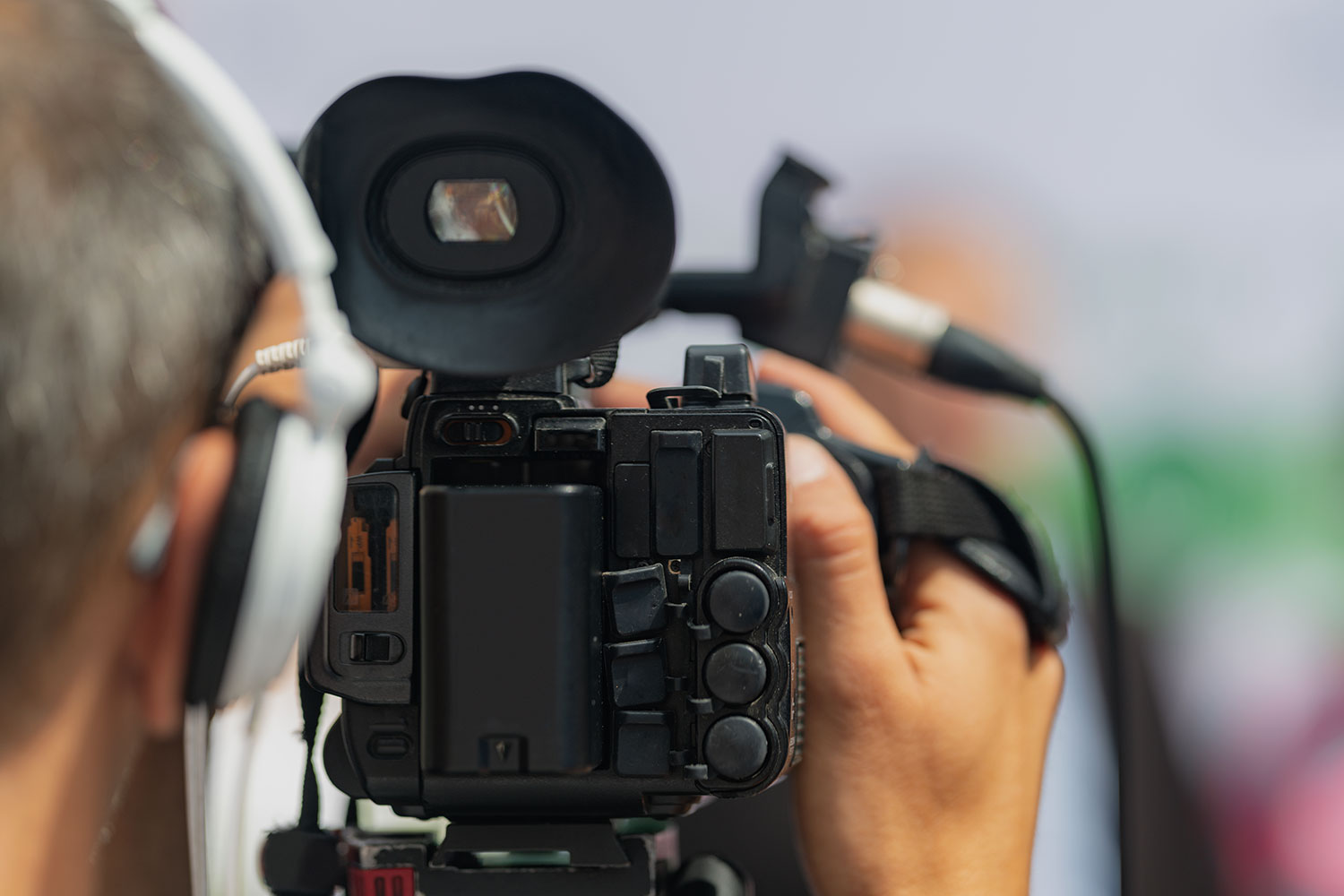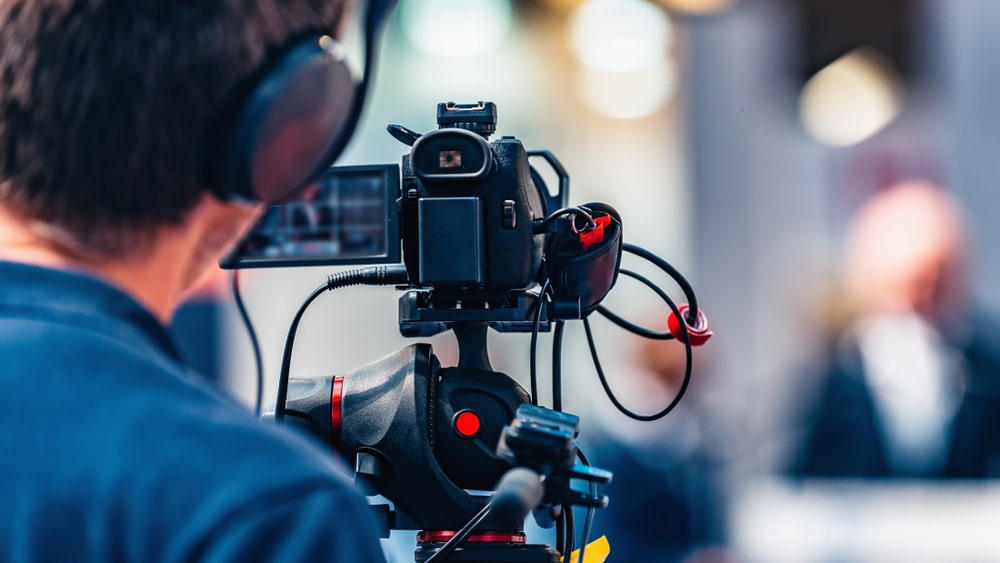Advanced Legal Videography Solutions for Legal Professionals.
Why Lawful Videography Is Necessary for Accurate Legal Record-Keeping
In the world of legal proceedings, the precision of record-keeping is vital, and legal videography arises as a vital tool in this context. As we check out the diverse benefits of lawful videography, one need to consider its effects for the future of judicial integrity and transparency.
Relevance of Visual Evidence
Establishing the relevance of aesthetic proof in lawful process is paramount for making sure accurate record-keeping and boosting the total stability of the judicial procedure. Visual proof works as a critical device in documenting occasions, problems, and various other essential information that may be crucial to a case. Unlike written accounts, which are at risk to interpretation and predisposition, visual recordings supply a goal, unalterable depiction of facts as they occurred.


This kind of proof can record a range of components, consisting of witness habits, ecological context, and physical evidence, every one of which might influence judicial end results. By offering a clear and detailed visual narrative, lawful videography removes obscurity and aids to preserve the authenticity of the evidence.
Furthermore, visual evidence can be instrumental in minimizing conflicts over factual discrepancies, as it enables a straight contrast versus testimony and other documented records. In a period where electronic innovation is significantly widespread, the capacity to present aesthetic evidence successfully can considerably boost the general top quality of legal procedures. Ultimately, the incorporation of aesthetic evidence not only boosts the paperwork process but also reinforces public count on in the judicial system by promoting transparency and accountability.
Enhancing Testament Credibility
The assimilation of lawful videography right into courtroom process dramatically boosts the trustworthiness of witness testimony. By capturing the subtleties of verbal and non-verbal communication, video clip recordings supply an even more extensive depiction of a witness's behavior, emotions, and dependability. This aesthetic documentation permits jurors to observe the witness's body language, faces, and general comportment, which are important elements that can affect their perception of testament integrity.
Moreover, legal videography reduces the possibility for misconception or distortion of testimony that might occur in composed transcripts. Visitors can see and hear the testament as it was offered, guaranteeing that the context and tone are preserved. This authenticity fosters a higher feeling of trust fund amongst jurors, who might be more likely to think testament that they can witness firsthand.
Furthermore, the presence of video clip footage can prevent witnesses from providing deceptive or overstated declarations, as they are conscious that their statement is being tape-recorded. This liability enhances the honesty of the judicial procedure. Inevitably, lawful videography acts as an essential device in making sure that witness testimony is not only precisely shown however also watched with enhanced reliability by all celebrations included.
Comprehensive Document Conservation
Comprehensive document preservation is essential for preserving the stability of lawful proceedings. Legal videography offers as a critical device in this procedure, giving a precise visual and acoustic account of statements, depositions, and various other critical minutes in an instance. Unlike standard written transcripts, video clip recordings capture the subtleties of body movement, tone, and feeling, which are crucial for comprehending the context and intent behind declarations made during legal procedures.

Additionally, the capacity to review video clip evidence permits legal professionals see this here to determine important details that may have been neglected in created records. By keeping an extensive archive of lawful procedures through videography, law companies can support the highest standards of accuracy and accountability, eventually adding to a fairer judicial process.
Improving Lawful Proceedings
Streamlining legal procedures is important for boosting effectiveness and reducing delays within the judicial system. Lawful videography works as an essential device in achieving this objective by giving clear and exact aesthetic documents of court hearings, depositions, and testimonies. This modern technology enables for real-time recording, making certain that all verbal and non-verbal cues are recorded, which can help with quicker resolution of conflicts.
The combination of videography right into lawful procedures minimizes dependence on standard approaches, such as prolonged transcripts, which can be taxing to generate and examine. By having actually access to videotaped video, lawyers can swiftly reference vital Website moments, improving their capacity to prepare and existing cases effectively. This immediacy likewise helps in the making clear of testimonies, decreasing the capacity for false impression.
Moreover, visual documentation fosters a much more appealing court experience for jurors, assisting them to comprehend intricate details extra conveniently. Inevitably, lawful videography simplifies interaction among all parties involved, from lawyers to courts to jurors, therefore advertising an extra reliable judicial procedure (legal videography). In an age where time is important, accepting this innovation is important for the modern lawful landscape
Admissibility in Court
Exact documents is crucial not only for effectiveness but also for making certain that proof is acceptable in court. Legal videography acts as a crucial tool in this procedure, offering a trustworthy aesthetic record of testaments, declarations, and events. Courts frequently require proof to meet specific criteria of admissibility, including relevance, credibility, and dependability. Top quality video clip recordings can meet these criteria by recording clear audio and visual information that written records may forget.
To be considered admissible, lawful videography must comply with well-known procedures, such as correct equipment use, ideal illumination, and clear sound capture. Additionally, it is vital to have qualified videographers that understand the legal needs bordering evidence collection. The chain of custody need to additionally be maintained to avoid any kind of claims of tampering or change.
Furthermore, legal videography can improve the persuasiveness of proof by providing jurors with a direct view of the statement, permitting for a more engaged understanding of the situation. In recap, the assimilation of lawful videography into record-keeping see this website not only supports effectiveness yet also reinforces the stability and admissibility of proof in court process.
Conclusion
In verdict, legal videography plays a critical duty in ensuring accurate legal record-keeping by offering unbiased aesthetic documents. This method improves the reputation of testimonies, preserves detailed documents, and improves legal process. Additionally, the admissibility of premium video evidence in court further underscores its significance - legal videography. Ultimately, the unification of lawful videography right into the judicial procedure promotes transparency and bolsters public rely on the integrity of the lawful system.